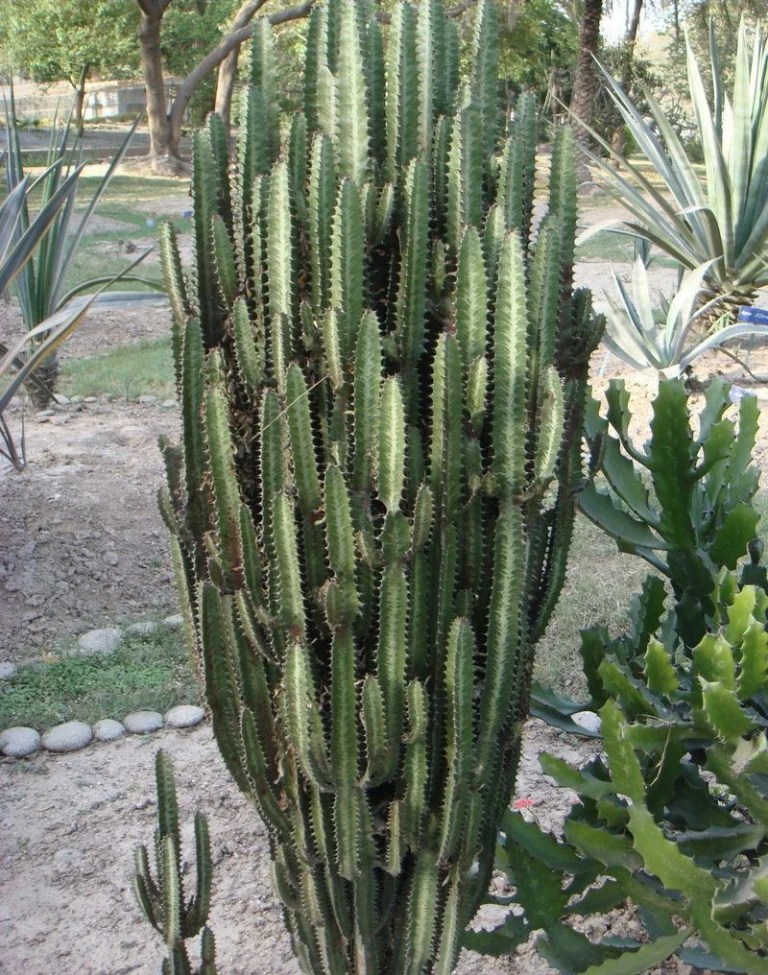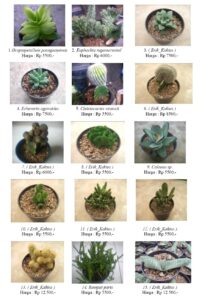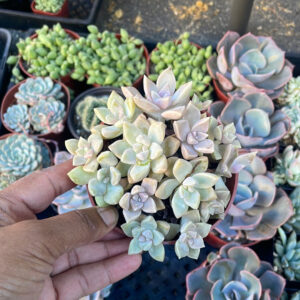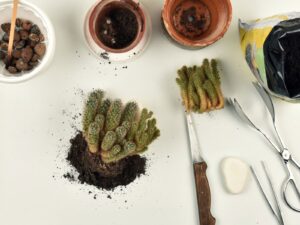The African Milk Plant Cactus, scientifically known as Euphorbia trigona, is a striking succulent native to Africa. Its unique appearance, characterized by upright, branching stems adorned with a delightful array of spines, has captivated cactus enthusiasts and casual gardeners alike. While this resilient plant is relatively easy to care for, improper care can lead to issues such as stunted growth or health deterioration. In this article, we will explore essential care tips that ensure your African Milk Plant Cactus thrives in a home or indoor garden setting.
Understanding the unique requirements of the African Milk Plant is crucial for successful cultivation. Below, we delve into vital aspects including sunlight, soil composition, and watering techniques, all of which contribute to the plant’s overall health.
Light Requirements: The Key to Sturdiness
One of the cardinal rules in caring for the African Milk Plant Cactus is providing it with ample exposure to sunlight. As a native of arid environments, this plant flourishes in bright, indirect light, making it an ideal candidate for sunny windowsills.
However, while it craves light, prolonged direct exposure to intense midday sun may scorch its delicate tissues. A balance must be struck; optimal conditions often involve placing the cactus in a location where it can bask in the morning and late afternoon sun while being shielded from the harsher rays of midday. If the plant starts leaning towards the sunlight or exhibits pale coloration, these are signs that it may be reaching for more light.
The African Milk Plant can also adapt to lower light conditions, but growth may slow significantly. In such cases, supplemental artificial lighting might be necessary to encourage healthy development during the shorter days of winter.
Soil Composition: The Foundation of Health
The choice of soil can significantly impact the health and growth of your African Milk Plant Cactus. A well-draining medium is essential to prevent root rot—a common ailment in succulents. Standard potting soil, while adequate, should be amended with components that enhance drainage.
Consider a mix of cactus soil with perlite, pumice, or coarse sand. This mixture mimics the plant’s natural habitat, allowing the roots to breathe and preventing water retention. A pH level ranging from 6.0 to 7.0 is ideal for the African Milk Plant, so selecting a balanced soil mix can further support its growth.
Repotting should be conducted every couple of years or as the plant outgrows its container. During repotting, inspect the roots for signs of rot and prune away any that appear brown or mushy. A terracotta pot is often favored because it allows for better airflow and moisture regulation compared to plastic pots.
Watering Techniques: The Art of Moderation
The African Milk Plant Cactus is not particularly thirsty and thrives under the principle of “less is more” when it comes to watering. Overwatering is one of the primary causes of demise for succulents, and the African Milk Cactus is no exception. One must adopt a vigilant approach to watering, adhering to the ‘soak and dry’ method.
During the growing season—from spring to early fall—water the cactus thoroughly when the top 1-2 inches of soil feel dry to the touch. Ensure that excess water drains from the pot, as stagnant water can lead to root rot.
In the winter months, when the plant enters dormancy, reduce watering frequency drastically. The African Milk Plant does not require as much hydration during this phase, and forgoing any watering until the soil has completely dried out will greatly benefit its health.
Pest Management: Safeguarding Your Plant
The resilient nature of the African Milk Plant does not exempt it from potential infestations. Mealybugs, scale, and spider mites can pose threats to its health. Regularly inspect the plant, especially the undersides of its leaves and stem crevices, for any signs of pests.
If an infestation occurs, a mild soapy water solution can be applied to the affected areas. For severe cases, horticultural oils or insecticidal soaps may be necessary to eradicate pests. Maintaining proper air circulation and avoiding overhead watering can also help prevent infestations.
Propagation: Expanding Your Collection
One of the joys of growing the African Milk Plant is its ease of propagation. This can be achieved through stem cuttings or offsets. To propagate via stem cuttings, cut a healthy, sturdy stem using a clean, sharp knife. Allow the cut end to callus for a day or two before planting it in a suitable soil mix. Be sure to water sparingly until the roots develop.
Alternatively, offsets that emerge at the base of the plant can be carefully removed and potted separately. Regardless of the method chosen, provide ample light and avoid overwatering to ensure successful propagation.
In conclusion, growing the African Milk Plant Cactus can be a rewarding experience for plant enthusiasts. By adhering to proper light requirements, maintaining optimal soil conditions, and employing effective watering techniques, your cactus will not only survive but thrive. With diligent care and attention, this striking succulent can become a focal point in your indoor garden, showcasing its beauty for years to come.





Leave a Comment